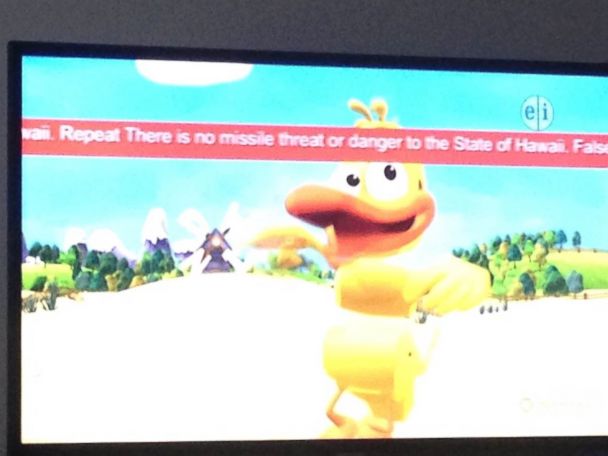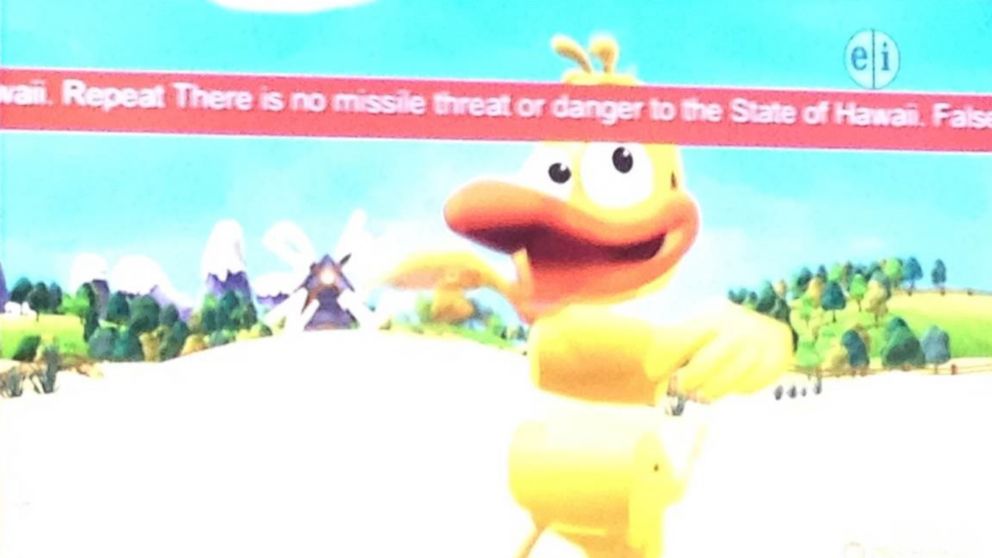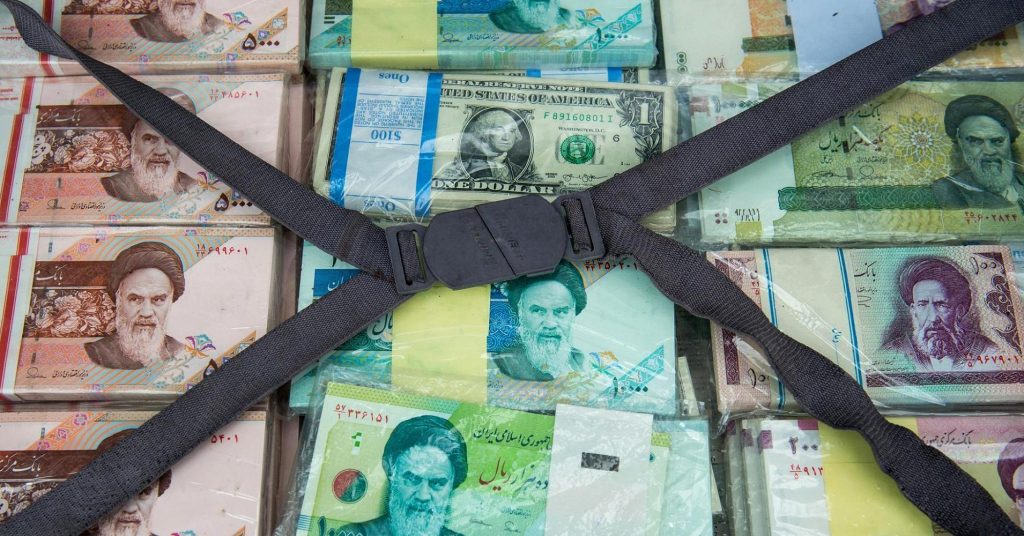






It all began with a routine test.
Just after 8 a.m. at the change of shift at the Hawaii Emergency Management Agency, a worker there “pushed the wrong button,” sending out a statewide warning of a missile attack, according to officials. While the military and police were notified within minutes that the alert was sent in error, it took 38 minutes to send the all-clear to the public, officials said.
Approx. 8:05 a.m. – Workers test the Emergency Alert System and Wireless Emergency Alert. The worker performs the test, and verified a confirmation request on his screen, according to HI-EMA’s administrator Vern Miyagi.
Here’s how it happened:
8:07 a.m. -– The warning is sent out.
8:10 a.m. -– Officials notify the U.S. Pacific Command and the Honolulu Police Department that there was no missile attack and the alarm was sent in error.
8:13 a.m. –- The Civil Danger warning message is cancelled, but the cancellation only prevents the message from being received by people whose phones were turned off or were out of range when the alert was transmitted. Hawaii Gov. David Ige said there was no way to broadcast a “false alarm” message and there was only a “manual process” for alerting the public.
8:20 a.m. –- HI-EMA takes to Twitter and Facebook to cancel the alert.
8:24 a.m. –- The governor retweets HI-EMA’s cancellation tweet.
8:30 a.m. –- The governor updates his Facebook page with the cancellation notice.
8:45 a.m. –- After getting authorization from FEMA Integral Public Alert and Warning System, HI-EMA sends out the false-alarm message.
HI-EMA said in a statement it has already taken some action in advance of a preliminary report due next week: Drills have been suspended; a cancellation command that can be “triggered within seconds of an error” has been put in place; and it “instituted a two-person activation/verification rule for tests as well as actual missile launch notifications.”

